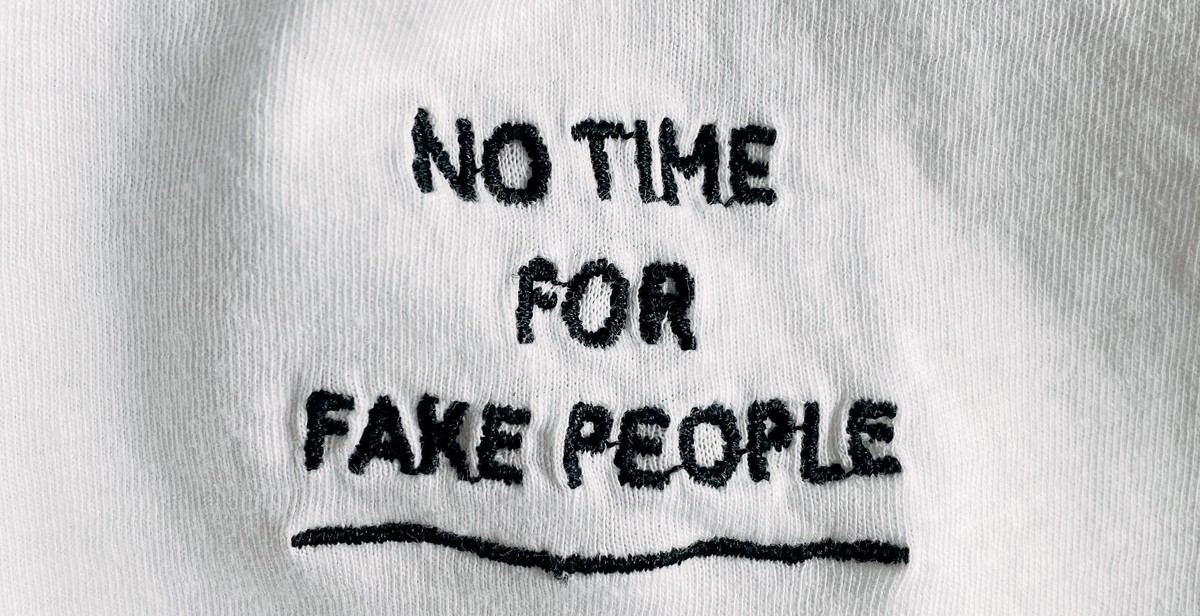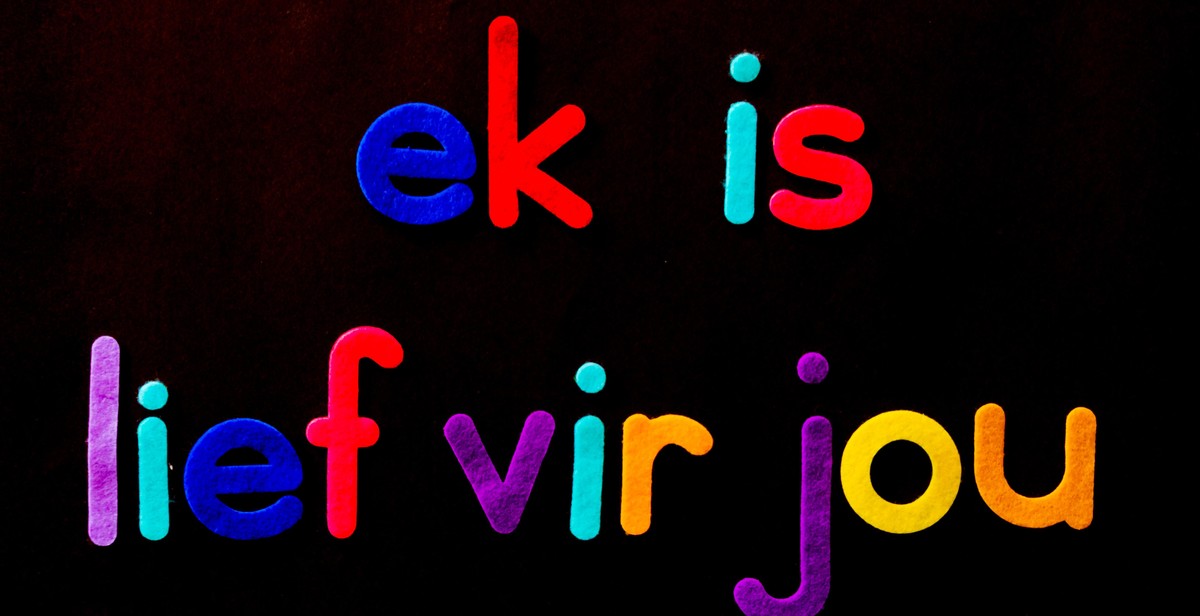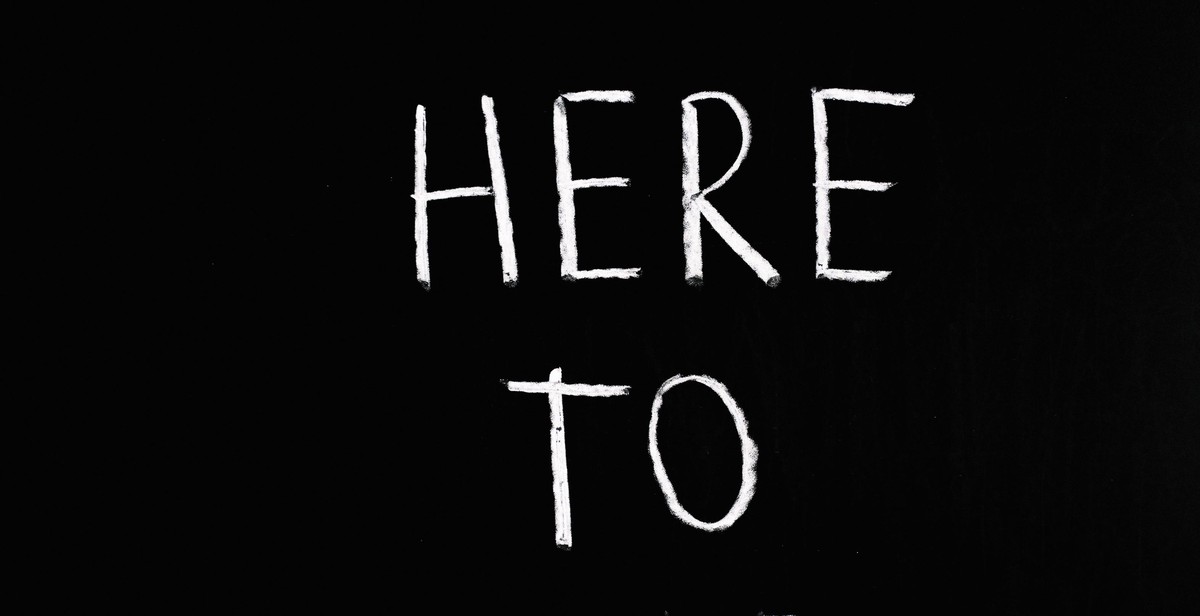Introduction
Typography is a crucial element of editorial design that can make or break the success of any publication. It involves the art and technique of arranging type to make written language legible, readable, and appealing when displayed. Editorial design, on the other hand, is the process of creating and designing the visual layout of publications such as books, magazines, newspapers, and websites.
When it comes to editorial design, typography plays a significant role in creating engaging and readable layouts. The right typography can enhance the readability of the text, help convey the tone and mood of the content, and ultimately, make the publication more visually appealing to the reader.
Defining Typography
Typography is more than just selecting a font and size for the text. It involves the careful consideration of various elements such as typeface, font size, leading, kerning, tracking, and alignment. Each of these elements contributes to the overall legibility and readability of the text.
- Typeface: Refers to the design of a particular set of characters, such as Arial, Times New Roman, or Helvetica.
- Font size: Refers to the size of the typeface, which can vary depending on the medium and the purpose of the publication.
- Leading: Refers to the vertical spacing between lines of text.
- Kerning: Refers to the space between individual letters.
- Tracking: Refers to the overall horizontal spacing between letters in a block of text.
- Alignment: Refers to the positioning of text within a layout, such as left, right, center, or justified.
By understanding and utilizing these typography elements in editorial design, you can create more engaging and readable layouts that effectively communicate your message to the reader.

The Importance of Typography in Editorial Design
Typography is an integral part of editorial design. It is the art and technique of arranging type to make written language legible, readable, and appealing when displayed. Typography in editorial design is not just about picking a font, but it involves creating a visual hierarchy, establishing brand identity, and improving readability and user experience.
Creating a Visual Hierarchy
Typography plays a crucial role in creating a visual hierarchy in editorial design. A visual hierarchy is the arrangement of elements in a way that implies importance. In editorial design, typography is used to guide the reader’s eye through the content, highlighting important information and creating a sense of order. By using different font sizes, weights, and styles, designers can create a hierarchy that makes the content easy to scan and understand.
Establishing Brand Identity
Typography is also essential in establishing brand identity in editorial design. A brand’s typography should reflect its personality and values. A consistent use of typography across all marketing materials can help build brand recognition and increase brand loyalty. In editorial design, typography can be used to differentiate a brand’s content from its competitors and create a unique and memorable identity.
Improving Readability and User Experience
Typography also plays a vital role in improving readability and user experience in editorial design. The right font and typography choices can make the content easy to read and understand, leading to a better user experience. Poor typography choices, on the other hand, can make the content difficult to read and discourage readers from engaging with the content.
Overall, typography is a crucial element in editorial design. It can make or break the success of a design by creating a visual hierarchy, establishing brand identity, and improving readability and user experience.

Choosing the Right Typeface
Typography plays a crucial role in the success of editorial design. Choosing the right typeface can make all the difference in creating engaging and readable layouts. Here are some factors to consider when selecting a typeface:
Understanding Typeface Categories
Typefaces can be categorized into four main categories: serif, sans-serif, script, and display. Serif typefaces have small lines or flourishes at the end of each letter, while sans-serif typefaces do not. Script typefaces resemble handwriting, while display typefaces are decorative and often used for headlines or titles.
Each category has its own unique characteristics and can convey different emotions and tones. For example, serif typefaces are often associated with tradition and formality, while sans-serif typefaces are more modern and casual. Script typefaces can convey elegance and femininity, while display typefaces can be playful and fun.
Matching Typefaces with Brand Identity and Tone
When selecting a typeface, it’s important to consider the brand’s identity and tone. The typeface should reflect the brand’s personality and values. For example, a luxury brand may use a serif typeface to convey elegance and sophistication, while a tech startup may use a sans-serif typeface to convey innovation and modernity.
It’s also important to ensure consistency in typography across all brand materials, including website, social media, and print materials.
Considering Legibility and Readability
While aesthetics are important, legibility and readability should not be overlooked. The typeface should be easy to read and not strain the eyes. Factors such as font size, line spacing, and contrast should be considered to ensure optimal legibility and readability.
It’s also important to consider the intended audience. For example, a typeface that is easy to read for young adults may not be suitable for senior citizens.
| Typeface Category | Characteristics | Examples |
|---|---|---|
| Serif | Formal, traditional, elegant | Times New Roman, Georgia, Baskerville |
| Sans-serif | Modern, casual, clean | Arial, Helvetica, Verdana |
| Script | Elegant, feminine, handwritten | Brush Script, Lobster, Pacifico |
| Display | Decorative, playful, attention-grabbing | Bebas Neue, Impact, Cooper Black |

Typography Layout Techniques
Typography plays a vital role in creating engaging and readable editorial designs. However, choosing the right layout for your content is equally important. Here are some typography layout techniques that can help you create a visually appealing and effective design:
Choosing the Right Layout for Content
Before you start designing your editorial layout, it’s essential to understand your content’s purpose and audience. The layout you choose should complement your content and enhance its readability. For example, if your content is long-form, a multi-column layout can make it easier to read. On the other hand, if your content is image-heavy, a single-column layout can provide more space for visuals.
Creating Contrast and Balance
Contrast and balance are two essential elements of a good typography layout. Contrast can be created by using different font sizes, weights, and styles. It helps to draw the reader’s attention to the most important parts of your content. Balance, on the other hand, ensures that your design doesn’t look cluttered or overwhelming. You can achieve balance by using white space, aligning text and images, and creating a hierarchy of information.
Playing with Typography Scale and Proximity
Typography scale refers to the relationship between different font sizes in your design. Using a consistent scale can help create a sense of harmony and hierarchy in your layout. Proximity, on the other hand, refers to the distance between different elements in your design. By adjusting the proximity between your text and images, you can create a more visually appealing and effective layout.
| Typography Layout Techniques | Examples |
|---|---|
| Choosing the Right Layout for Content | Multi-column layout for long-form content |
| Creating Contrast and Balance | Using different font sizes and weights to create contrast |
| Playing with Typography Scale and Proximity | Adjusting the proximity between text and images to create a visually appealing layout |
By using these typography layout techniques, you can create engaging and readable editorial designs that effectively communicate your message to your audience.

Color Theory and Typography
Understanding color psychology is crucial in creating engaging and readable editorial designs. Colors have a significant impact on the emotions and perceptions of the viewer. Therefore, it is essential to choose the right color palette that compliments the typography used in the design.
Using Color to Enhance Typography
Color can be used to enhance typography in various ways. One way is to use contrasting colors to create a visual hierarchy that guides the viewer’s eye through the design. For example, using a bright color for the headlines and a muted color for the body text can distinguish the two and make the headlines stand out. Similarly, using a bold color for the call-to-action (CTA) button can draw attention to it and encourage the viewer to take action.
Another way to use color is to create a mood or tone that complements the message of the editorial design. For example, using warm colors like red and orange can create a sense of excitement and urgency, while cool colors like blue and green can create a calming and serene tone.
Creating Color Palettes that Work with Typography
Creating a color palette that works with typography requires careful consideration of color theory and typography principles. One way to do this is to use a color wheel to choose colors that complement each other. For example, using complementary colors (colors opposite each other on the color wheel) can create a dynamic and vibrant color scheme.
It is also important to consider the contrast between the background color and the typography color. High contrast can enhance readability, while low contrast can create a subtle and sophisticated look. Additionally, choosing a color palette that aligns with the brand’s identity can create consistency across all editorial designs.
| Color Scheme | Primary Color | Secondary Color | Accent Color |
|---|---|---|---|
| Complementary | Blue | Orange | Yellow |
| Analogous | Green | Yellow-Green | Yellow |
| Monochromatic | Blue | Light Blue | Dark Blue |
In conclusion, understanding color psychology and using color to enhance typography can significantly improve the effectiveness of editorial designs. Creating a color palette that works with typography requires careful consideration of color theory and typography principles. By following these guidelines, designers can create engaging and readable layouts that effectively communicate the intended message.

Conclusion
In conclusion, typography plays a crucial role in editorial design. It can make or break the readability and engagement of a layout. By understanding the different typography elements and principles, you can create engaging and readable layouts that will capture the attention of your audience.
Tips for Using Typography in Editorial Design
- Choose a font that matches the tone and message of the content
- Use hierarchy to guide the reader’s eye and emphasize important information
- Pay attention to spacing and alignment to improve readability
- Experiment with different font combinations to create contrast and visual interest
- Consider the medium and format of the design to optimize legibility
Tools for Typography in Editorial Design
There are various tools and resources available to help you with typography in editorial design. Some popular options include:
| Tool | Description |
|---|---|
| Adobe InDesign | A professional desktop publishing software that includes typography features and tools |
| Google Fonts | A free library of web fonts that can be used for editorial design |
| Typekit | A subscription-based service that provides access to high-quality fonts for editorial design |
By using these tools and following the tips for typography in editorial design, you can create layouts that are visually appealing, easy to read, and engaging for your audience.
